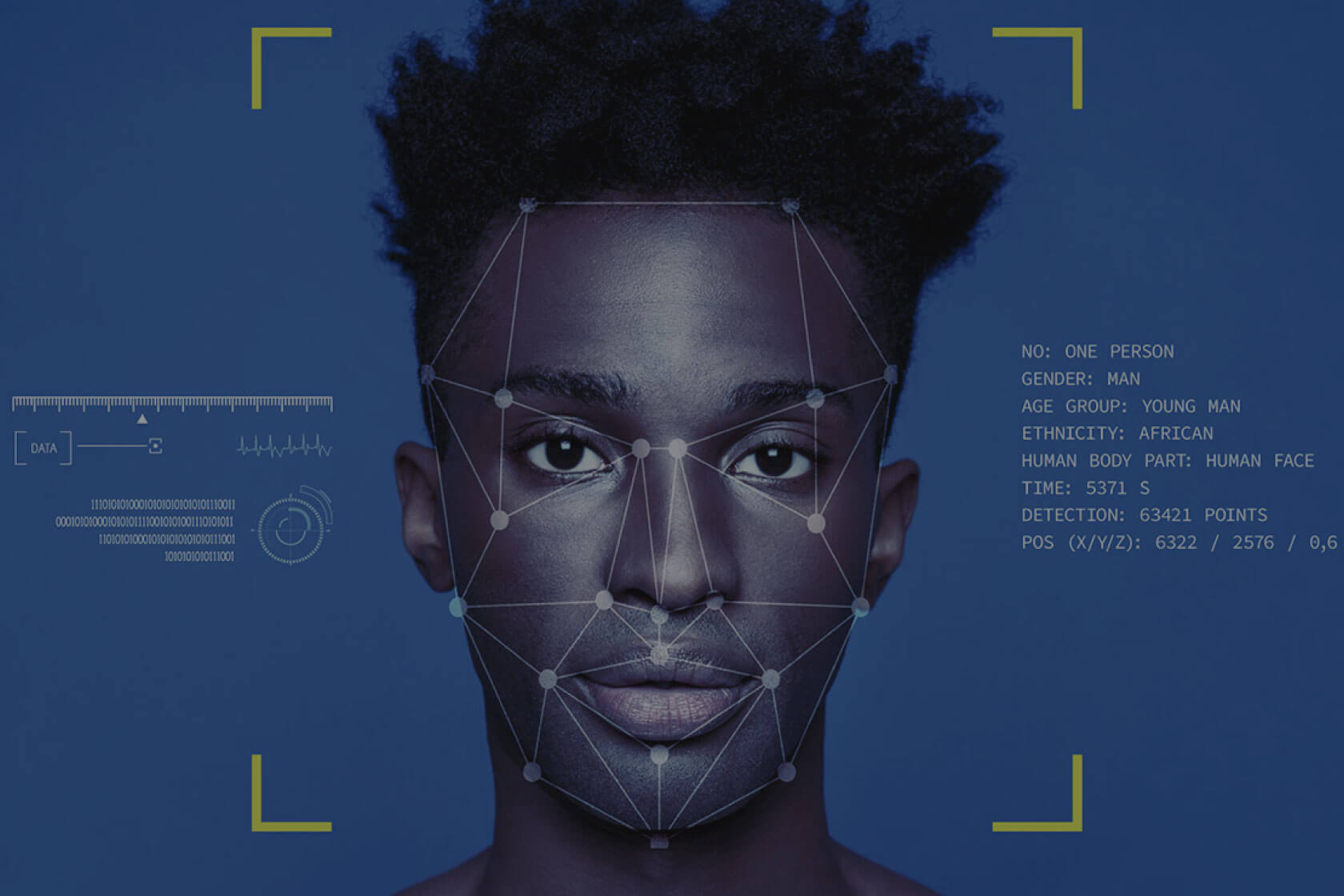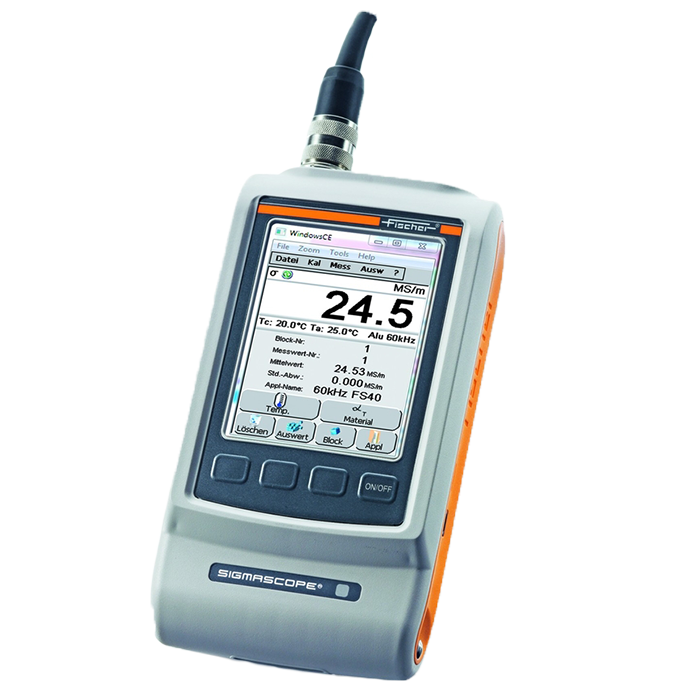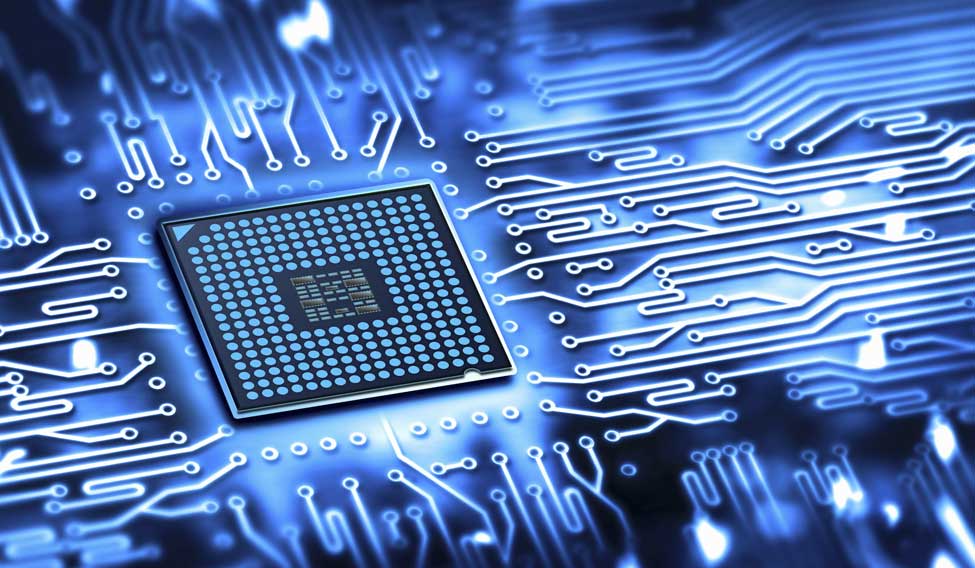Face Technologies: Shaping the Future
Face technologies, a rapidly evolving field, have revolutionized the way we interact with the world around us. From unlocking smartphones with a simple glance to identifying individuals in crowded spaces, […]
Face technologies, a rapidly evolving field, have revolutionized the way we interact with the world around us. From unlocking smartphones with a simple glance to identifying individuals in crowded spaces, these technologies are becoming increasingly integrated into our daily lives.
This field encompasses a wide range of applications, including facial recognition, emotion analysis, and age estimation. The underlying principles involve sophisticated algorithms that analyze facial features to extract meaningful information. These technologies are powered by machine learning and deep learning models, trained on vast datasets of facial images.
Introduction to Face Technologies

Face technologies encompass a range of applications that leverage computer vision and artificial intelligence (AI) to analyze and interpret human faces. These technologies are rapidly evolving, finding their way into diverse fields, from security and surveillance to healthcare and entertainment.
Face technologies have a rich history, dating back to the early days of computer vision research. The development of these technologies has been driven by advancements in computer processing power, image recognition algorithms, and the availability of large datasets for training AI models.
Fundamentals of Face Recognition and Analysis
Face recognition and analysis are core components of face technologies. These techniques involve extracting distinctive features from facial images, such as the distance between eyes, the shape of the nose, and the contour of the jawline. These features are then used to identify individuals or analyze their emotions, age, and other attributes.
Face recognition algorithms typically work by comparing a captured image to a database of known faces. The process involves several steps:
- Face Detection: Locating a face within an image or video frame.
- Feature Extraction: Identifying and extracting unique features from the detected face.
- Matching: Comparing the extracted features to a database of known faces to find a match.
Face analysis goes beyond simple identification. It involves interpreting facial expressions, analyzing emotional states, and estimating age and gender. These techniques leverage advanced AI algorithms and deep learning models to extract subtle cues from facial movements and expressions.
Types of Face Technologies
Face technologies are a diverse field, encompassing various techniques and applications that leverage facial features for identification, analysis, and interaction. These technologies are increasingly prevalent in various domains, from security and surveillance to healthcare and entertainment. Understanding the different types of face technologies is crucial for appreciating their capabilities and limitations.
Facial Recognition
Facial recognition is a technology that identifies individuals by comparing their facial features to a database of known faces. It involves analyzing patterns in facial features, such as the distance between eyes, the shape of the nose, and the contours of the jawline. The process typically involves capturing a live image or video of a person’s face, extracting key features, and matching them against a database of known individuals.
Facial recognition is widely used in various applications, including:
- Security: Access control, border control, and law enforcement.
- Surveillance: Monitoring public spaces, identifying suspects, and tracking individuals.
- Commerce: Personalized advertising, payment authentication, and customer identification.
- Social Media: Tagging individuals in photos, recognizing faces in videos, and enhancing user experiences.
The accuracy of facial recognition systems depends on factors such as image quality, lighting conditions, and the size of the database. Facial recognition has been criticized for potential privacy violations, racial bias, and misuse for surveillance purposes.
Facial Expression Analysis
Facial expression analysis aims to understand and interpret human emotions based on facial expressions. This technology analyzes subtle changes in facial muscles, such as eyebrow movements, lip twitches, and eye dilation, to detect emotions like happiness, sadness, anger, and surprise.
Facial expression analysis has applications in various fields, including:
- Human-Computer Interaction: Enhancing user experiences by detecting user emotions and adapting interactions accordingly.
- Marketing: Understanding customer reactions to products and services, tailoring advertising campaigns, and improving customer service.
- Healthcare: Assessing mental health, diagnosing conditions like autism, and monitoring patient well-being.
- Education: Identifying student engagement and understanding their emotional responses to learning materials.
Facial expression analysis is still an evolving technology, and its accuracy can be affected by factors like cultural differences in facial expressions and individual variations in emotional displays.
Facial Landmark Detection
Facial landmark detection involves identifying key points on the face, such as the corners of the eyes, the tip of the nose, and the edges of the mouth. These landmarks serve as reference points for various applications, including:
- Face Alignment: Correcting facial distortions in images and videos.
- Facial Animation: Creating realistic facial animations for virtual characters and avatars.
- Facial Tracking: Monitoring facial movements for applications like gaze tracking and facial expression analysis.
- Face Recognition: Enhancing the accuracy of facial recognition systems by providing more precise facial feature information.
Facial landmark detection algorithms use techniques like deep learning and computer vision to accurately locate facial features. The accuracy of landmark detection is influenced by factors like image quality, lighting conditions, and the presence of occlusions.
Age and Gender Estimation
Age and gender estimation technologies utilize facial features to predict a person’s age and gender. These technologies analyze facial characteristics, such as wrinkles, skin texture, and facial proportions, to estimate age and gender.
Age and gender estimation have applications in various domains, including:
- Marketing: Targeting advertisements based on demographics and personalizing marketing campaigns.
- Security: Verifying age restrictions for accessing content or services.
- Social Media: Enhancing user experiences by providing personalized recommendations and content based on demographics.
- Research: Studying population demographics and trends.
The accuracy of age and gender estimation technologies varies depending on factors like image quality, lighting conditions, and the diversity of the training data. These technologies can be susceptible to biases based on race, ethnicity, and cultural variations in facial features.
Liveness Detection
Liveness detection technologies aim to differentiate between real humans and photographs, videos, or other forms of spoofing. These technologies analyze various cues, such as facial movements, eye blinking, and skin texture, to determine if a person is alive and present.
Liveness detection is crucial for security applications, such as:
- Access Control: Preventing unauthorized access by ensuring that the person presenting their face is actually alive and present.
- Payment Authentication: Verifying the identity of individuals during online transactions to prevent fraud.
- Biometric Authentication: Ensuring the authenticity of individuals during identity verification processes.
Liveness detection technologies employ various techniques, including:
- Motion Analysis: Detecting subtle facial movements to distinguish between live subjects and static images or videos.
- Texture Analysis: Analyzing skin texture and other surface details to identify signs of spoofing.
- 3D Depth Sensing: Using depth cameras to capture three-dimensional information about the face, which is harder to spoof.
The effectiveness of liveness detection technologies depends on the sophistication of the spoofing techniques used and the robustness of the detection algorithms.
Applications of Face Technologies

Face technologies have transcended the realm of science fiction and become a tangible reality, impacting numerous aspects of our lives. These technologies, powered by sophisticated algorithms and machine learning, offer a range of applications across various industries, revolutionizing how we interact with the world around us.
Security and Surveillance
Face recognition systems play a pivotal role in enhancing security measures and surveillance efforts. They are employed in various settings, including airports, public spaces, and commercial establishments, to identify individuals and monitor activities.
- Airport Security: Face recognition systems are deployed at airports to verify the identities of passengers, streamline boarding procedures, and detect potential security threats. These systems can compare passenger faces against watchlists and identify individuals who may pose a risk.
- Public Safety: Law enforcement agencies utilize face recognition technology to assist in criminal investigations, identify suspects from surveillance footage, and track individuals of interest. This technology can help expedite investigations and improve public safety by identifying potential threats.
- Access Control: Face recognition systems are increasingly used for access control in buildings, offices, and other secure areas. They can authenticate individuals by comparing their faces against authorized databases, eliminating the need for physical keys or cards. This enhances security and reduces the risk of unauthorized access.
Access Control and Authentication
Face recognition technology offers a secure and convenient method for authenticating users and granting access to various services and resources. It is increasingly being adopted in various sectors, including financial institutions, mobile devices, and online platforms.
- Mobile Device Unlock: Many smartphones and tablets now feature face unlock capabilities, allowing users to unlock their devices using facial recognition. This provides a more secure and user-friendly alternative to traditional PIN or password authentication.
- Financial Transactions: Face recognition technology is being integrated into online banking and payment systems to enhance security and prevent fraud. By verifying the identity of users through facial recognition, financial institutions can reduce the risk of unauthorized transactions.
- Building Access: Face recognition systems are used in buildings and offices to control access to secure areas. By recognizing authorized employees, these systems can ensure that only authorized individuals can enter restricted areas, enhancing security and preventing unauthorized entry.
Personalization and Targeted Advertising, Face technologies
Face recognition technology can be used to personalize user experiences and deliver targeted advertising. By analyzing facial expressions, emotions, and demographics, companies can tailor their products, services, and marketing messages to individual preferences.
- Personalized Shopping Experiences: Retailers can use face recognition to identify customers and provide personalized recommendations based on their shopping history, preferences, and demographics. This can enhance customer satisfaction and drive sales.
- Targeted Advertising: Advertisers can use face recognition to analyze audience demographics and target their ads to specific groups based on age, gender, and other factors. This can improve ad effectiveness and return on investment.
- Emotion Recognition: Some face recognition systems can analyze facial expressions to detect emotions such as happiness, sadness, anger, and surprise. This information can be used to personalize user experiences and provide more relevant content.
Healthcare and Medical Diagnosis
Face recognition technology is finding applications in healthcare, assisting in medical diagnosis, patient monitoring, and drug development.
- Disease Diagnosis: Facial analysis can be used to detect early signs of diseases such as Parkinson’s disease, Alzheimer’s disease, and certain types of cancer. By analyzing facial features and movements, healthcare professionals can identify subtle changes that may indicate the presence of a disease.
- Patient Monitoring: Face recognition technology can be used to monitor patients in hospitals and clinics, ensuring their safety and well-being. It can detect changes in patient behavior, such as falls or sudden changes in facial expressions, alerting medical staff to potential issues.
- Drug Development: Face recognition technology can be used in clinical trials to monitor patients’ responses to medications. By analyzing facial expressions and other physiological indicators, researchers can assess the effectiveness and safety of new drugs.
Law Enforcement and Criminal Investigation
Face recognition technology is used by law enforcement agencies to identify suspects, track criminals, and solve crimes.
- Crime Scene Investigation: Face recognition can be used to identify suspects from surveillance footage or photos taken at crime scenes. This can help law enforcement agencies quickly identify potential perpetrators and expedite investigations.
- Missing Person Investigations: Face recognition technology can be used to identify missing persons from photos or videos. By comparing images of missing individuals against databases of known faces, law enforcement agencies can increase the chances of finding missing persons.
- Fugitive Tracking: Face recognition systems can be used to identify and track fugitives. By comparing images of wanted individuals against databases of faces, law enforcement agencies can locate and apprehend criminals who are on the run.
Closure
As face technologies continue to advance, we can expect to see even more innovative applications emerge. From enhancing security measures to improving healthcare diagnostics, these technologies hold immense potential to shape our future. However, it is crucial to address the ethical and privacy concerns associated with their use, ensuring responsible development and deployment.
Face technologies are advancing rapidly, from facial recognition systems to augmented reality filters. As these technologies become more sophisticated, securing intellectual property rights is crucial. A skilled technology patent lawyer can help innovators protect their inventions and ensure they can capitalize on the growing market for facial technologies.
By navigating the complex legal landscape, patent lawyers can help businesses and individuals build a strong foundation for success in this dynamic field.









